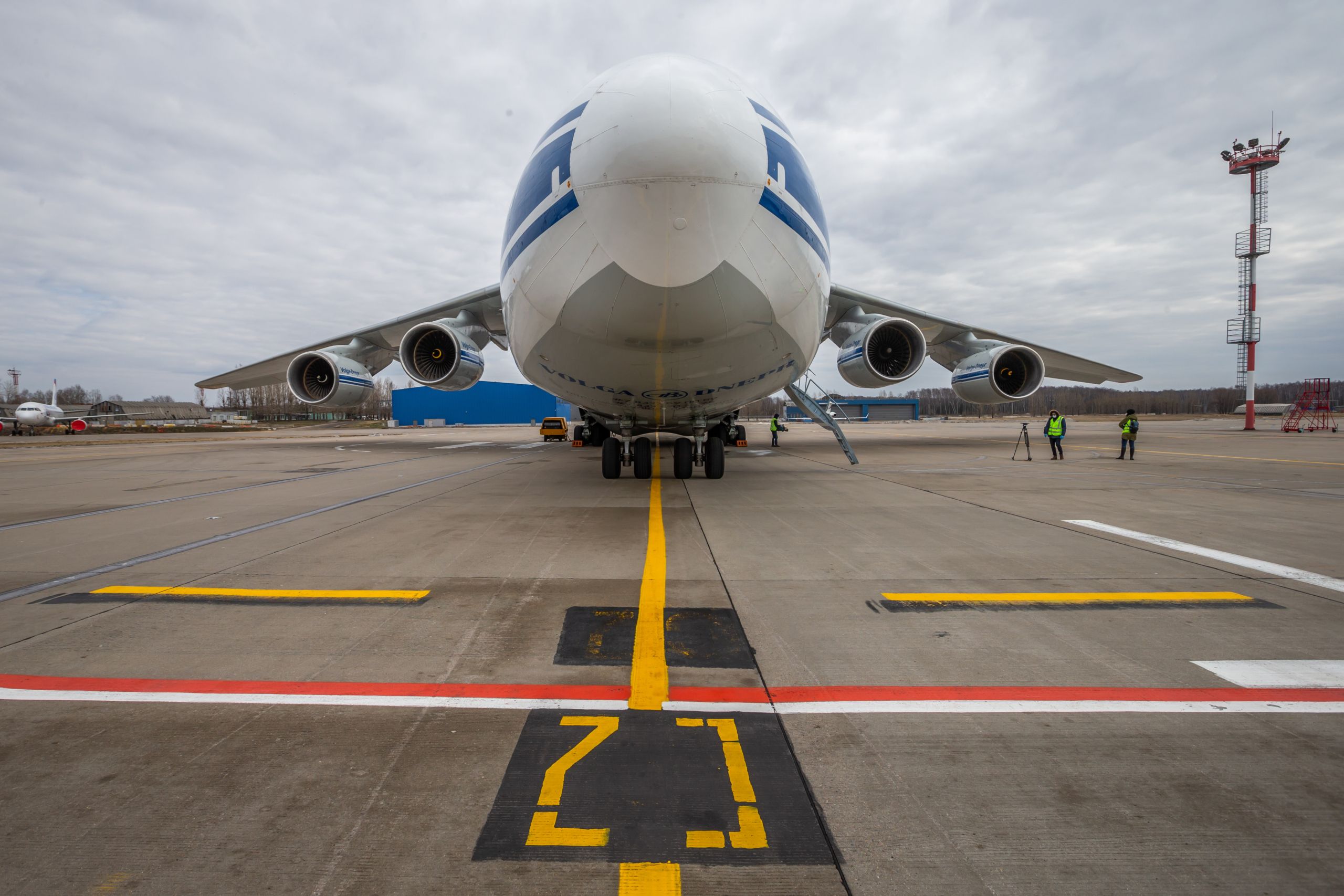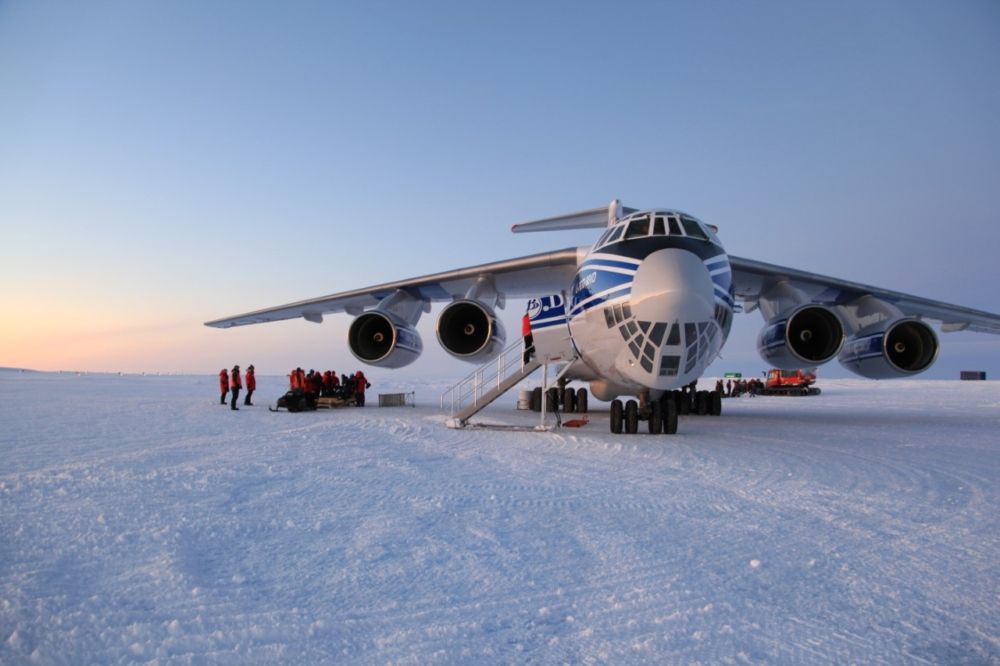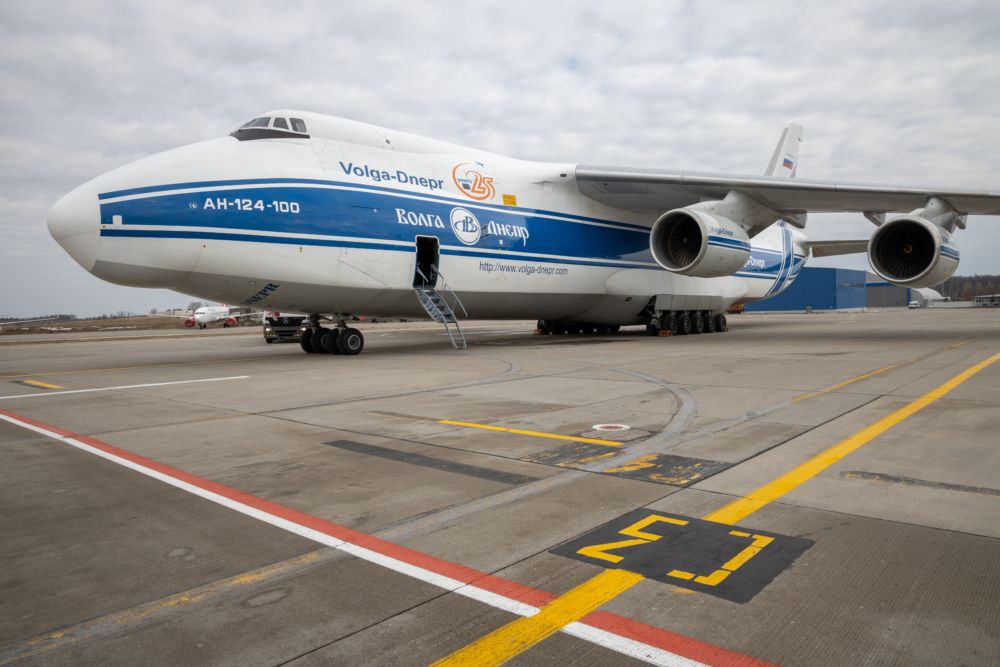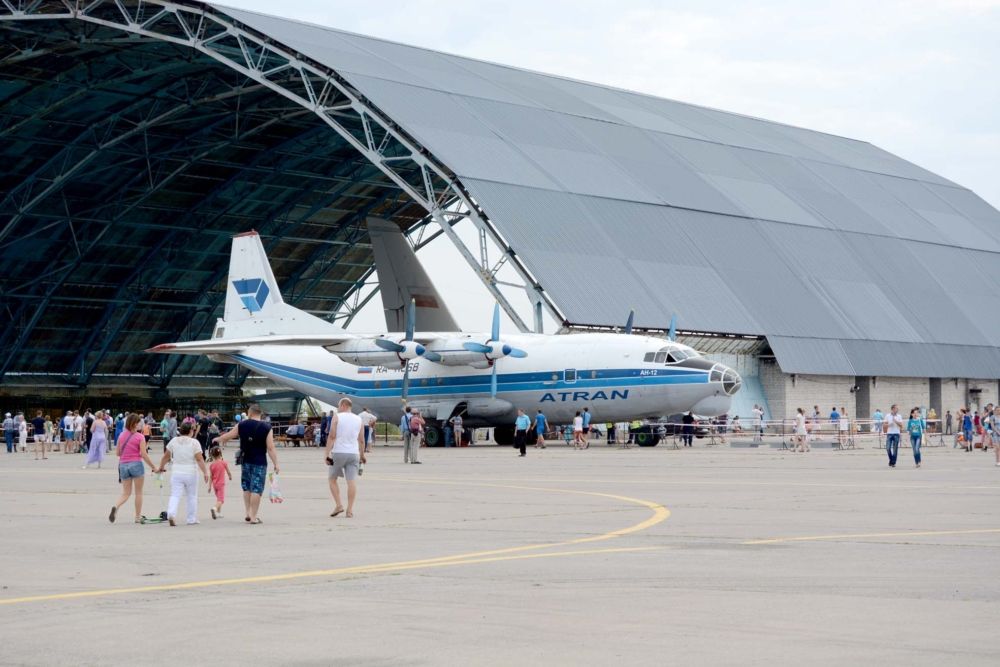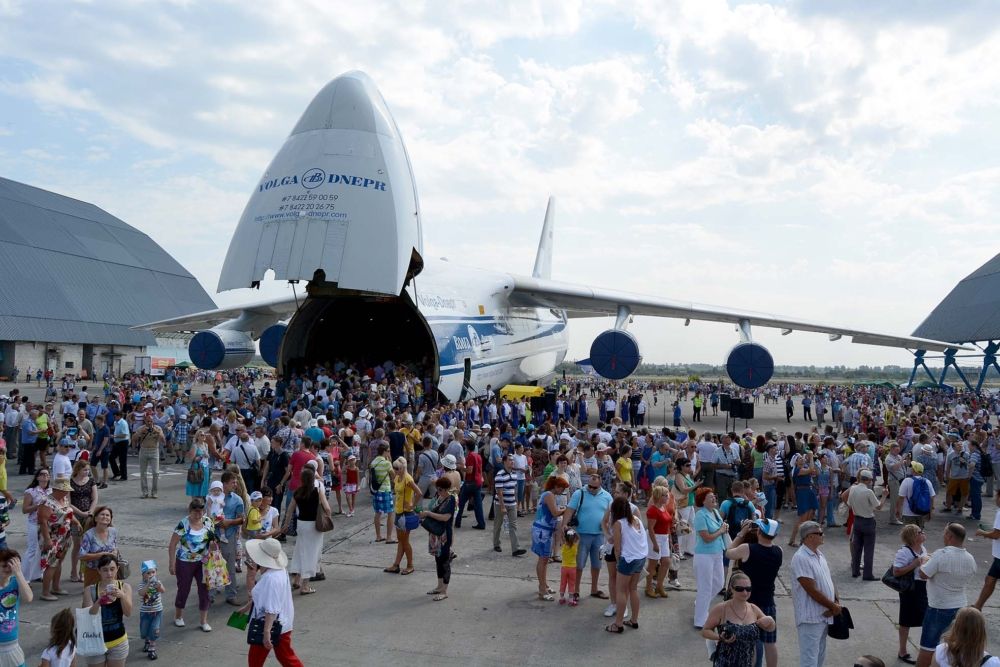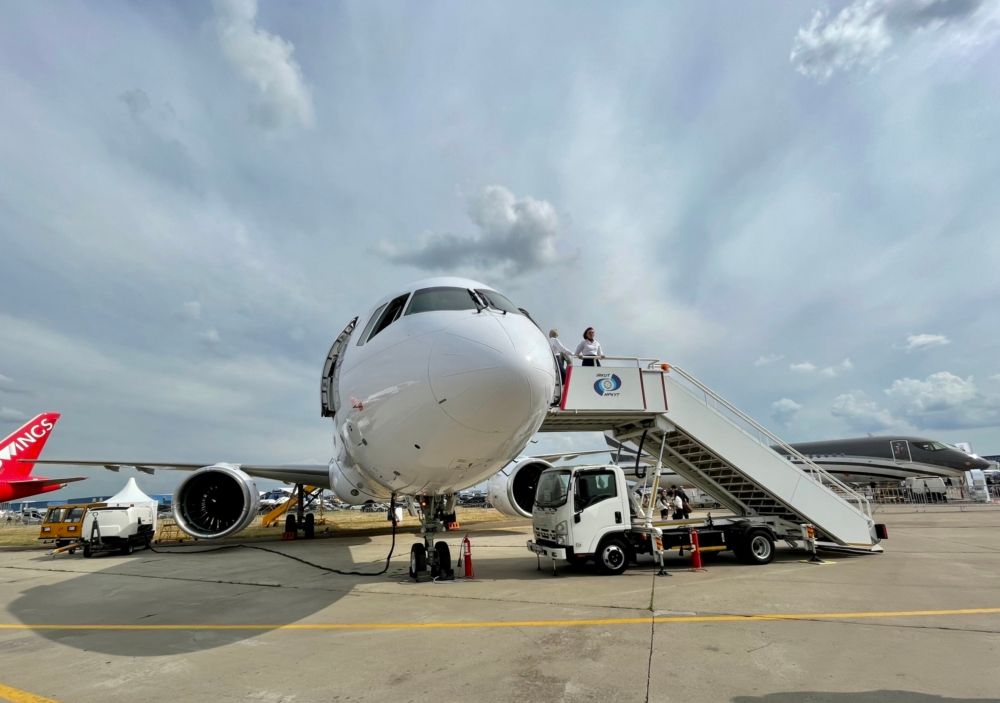Volga-Dnepr was founded on August 22nd, 1990, as a joint-stock company. The Ulyanovsk, Russia-headquartered airline is now a major force in transportation services with its unique fleet of large aircraft.
A global presence
Antonov Aeronautical Scientific-Technical Complex, Aviastar, Aviant, and Progress Design Bureau made up the major shareholders to form Volga-Dnepr Airlines. Subsequently, the operator's aircraft can be spotted in every pocket of the earth.
It has a presence in Europe, Asia, Africa, Australia, North America and South America. The carrier even lands in Antarctica. For example, earlier this year, it conducted five Ilyushin Il-76 flights to the world's largest desert to deliver 200 tons of general cargo to research stations.
The airline deployed its first An-124 Ruslan into service in August 1991. The following month, a joint venture was launched with the United Kingdom's Heavy-Lift Cargo Airlines in the form of HeavyLift-VolgaDnepr to highlight the unique abilities of the An-124-100.
Notably, Volga-Dnepr launched during a massively volatile political climate. The dissolution of the Soviet Union was happening between 1988 and 1991, and by the end of the first year of Volga-Dnepr's operations, the union had collapsed.
Transforming with society
Nonetheless, the carrier managed to overcome its growing pains despite the tough situation. In December 1991, it registered with the International Civil Aviation Organization (ICAO) and went on to become a major contributor to the expansion of the An-124.
“The collapse of the Soviet Union could not significantly affect the strategically verified idea of the airline's functioning,” Volga-Dnepr shares.
“It is safe to say that the step taken to create Volga-Dnepr Airlines, the efforts of its management and many years of experience focused on the operation of the unique An-124 aircraft, made it possible to turn Ruslan from an outstanding achievement of the military-industrial complex into a serious factor. development of domestic and world transport aviation.”
Even during the early years, the airline showed that it was unfazed with dealing with ambitious transport requirements. For example, in April 1992, it handled a service that required the design and production of special equipment. Here, a pair of 40-ton gas turbines were delivered on a single flight from Ostend, Belgium to Rio Gallegas, Argentina.
Across the company
Now a major force in air transportation, the Volga-Dnepr Group’s focus is split between three sectors. Volga-Dnepr Airlines concentrates on charter air transportation with its An-124-100s and Il-76TD-90VD. Meanwhile, Atran Airlines and AirBridgeCargo Airlines focus on regular air cargo with their Boeing 737 and Boeing 747 aircraft, respectively. Additionally, Volga-Dnepr Technics works on aircraft maintenance across the United Arab Emirates, Russia, and Germany.
Today, the Volga-Dnepr Group holds 12 An-124s, five Il-76s, 11 Boeing 737s, and 19 Boeing 747s. Moreover, at the end of last year, the group entered its first Boeing 777F into commercial service.
Volga-Dnepr will continue to play a crucial role in the next generation of cargo operations. It has recently been boosting its efforts in the transportation of medical goods. For instance, this week, two of its charter flights left Leipzig airport to Windhoek with humanitarian aid. The An-124-100s carried more than 95 tons of goods to help out with Namibia's battle against coronavirus. The airline also delivered crucial equipment for vaccine production from Chengdu to Hyderabad on its IL-76TD-90VD this week.
Into the new generation, Volga-Dnepr is continuing to put its faith in Eastern European builds. This summer, it started mulling over a cargo version of the Irkut MC-21. This aircraft is currently gearing up production as a single-aisle passenger plane in the form of the MC-21-300. Even though the aircraft is a "narrowbody," it is 11 cm (4.3 in) wider than the Airbus A320 and 27 cm (11 in) wider than the Boeing 737. Therefore, a cargo variant could prove useful on certain routes.
Stay informed: Sign up for our daily and weekly aviation news digests
Building bridges
Notably, with the evolving conditions, the cargo industry has gone through a massive transition in the last few years. Shipping demand is at an all-time high and goods are required to be transported more rapidly in the current climate. According to Statista, between 2020 and 2039, the global air cargo industry is forecasted to grow by 4%. So, there will be plenty of ground to cover for Volga-Dnepr in this next chapter.
The firm is showing its intent to keep on growing with the market. It prides itself on being a world leader in the transportation of super-heavy and oversized cargo and representing Russian civil aviation on the international spectrum.
“Through our work, we create reliable air bridges for the exchange of the results of the work of people around the world. We are redefining the concept of air logistics using our unique capabilities,” Volga-Dnepr concludes.
“We are confident that we will achieve our goals by contributing to the success of each employee, leading to the success of the company.”
Altogether, Volga-Dnepr has come a long way in just three decades. Especially since it was formed during such a sensitive era in its country’s history. The airline will undoubtedly overcome the challenges of the recent global crises to expand even further in the decade to come with its cargo powerhouses.
What are your overall thoughts about the Volga-Dnepr Group and its journey until now? Also, what do you make of the future of the company? Let us know what you think of the business and its prospects in the comment section.

